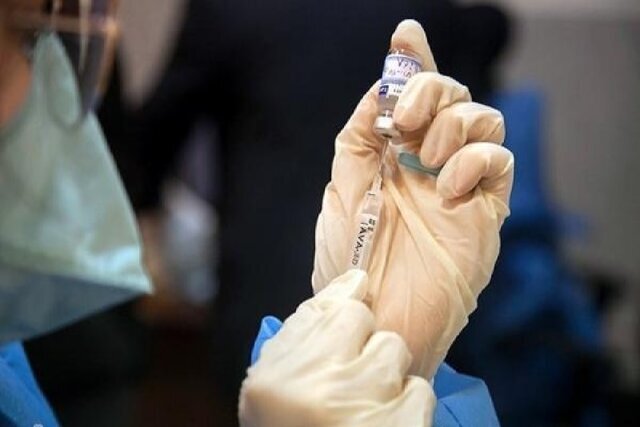Vaccination plan to immune refugees against 3 diseases

TEHRAN – A vaccination campaign aiming to immunize refugees and non-Iranian nationals against polio, measles, and coronavirus will start on December 31, ISNA reported.
A national specialized workshop ‘Risk communication and social participation’ was held in order to empower health workers in the supplementary vaccination campaign for the refugee population with the participation of UNICEF, Farshid Rezaei, caretaker of education and health promotion office of the Ministry of Health, said.
Considering the Risk Communication and Social Participation Program (RCCE) as one of the most important health promotion programs, he explained that the program is a combination of information campaigns, health promotion, social mobilization, attracting people participation and other organizations, establishing effective communication.
On December 22, a plan to complete the vaccination and screening of foreign nationals living in Iran was piloted on Kish Island for three months.
Giving the polio vaccine to children under 15 years old, injecting measles and rubella vaccines in children aged 9 months to 15 years, screening for tuberculosis in people aged 12 and above, and providing vitamin A supplements to children under 5 years old are some parts of the plan.
In May, it was announced that all foreign immigrants and refugees under the age of five would be vaccinated against polio and measles. Children under the age of five and foreign immigrants will be inoculated through door-to-door visits in high-risk areas across the country.
The measles vaccination program in Iran started in 1984 when 34 percent of the population was vaccinated in the first year and 90 to 95 percent of the population after 6 years. Also in 2003, 33 million people were vaccinated with a national program to eradicate measles in the country.
Concerns about the spread of measles in the country are growing as the Afghan population grows.
Polio is a highly infectious viral disease that largely affects children under 5 years of age. The virus is transmitted by person-to-person spread mainly through the fecal-oral route or, less frequently, by a common vehicle (e.g. contaminated water or food) and multiplies in the intestine, from where it can invade the nervous system and cause paralysis.
Measles is caused by a virus in the paramyxovirus family and it is normally passed through direct contact and through the air. The virus infects the respiratory tract, then spreads throughout the body. Measles is a human disease and is not known to occur in animals.
More than 140,000 people died from measles in 2018 – mostly children under the age of 5 years, despite the availability of a safe and effective vaccine.
FB/MG
Leave a Comment